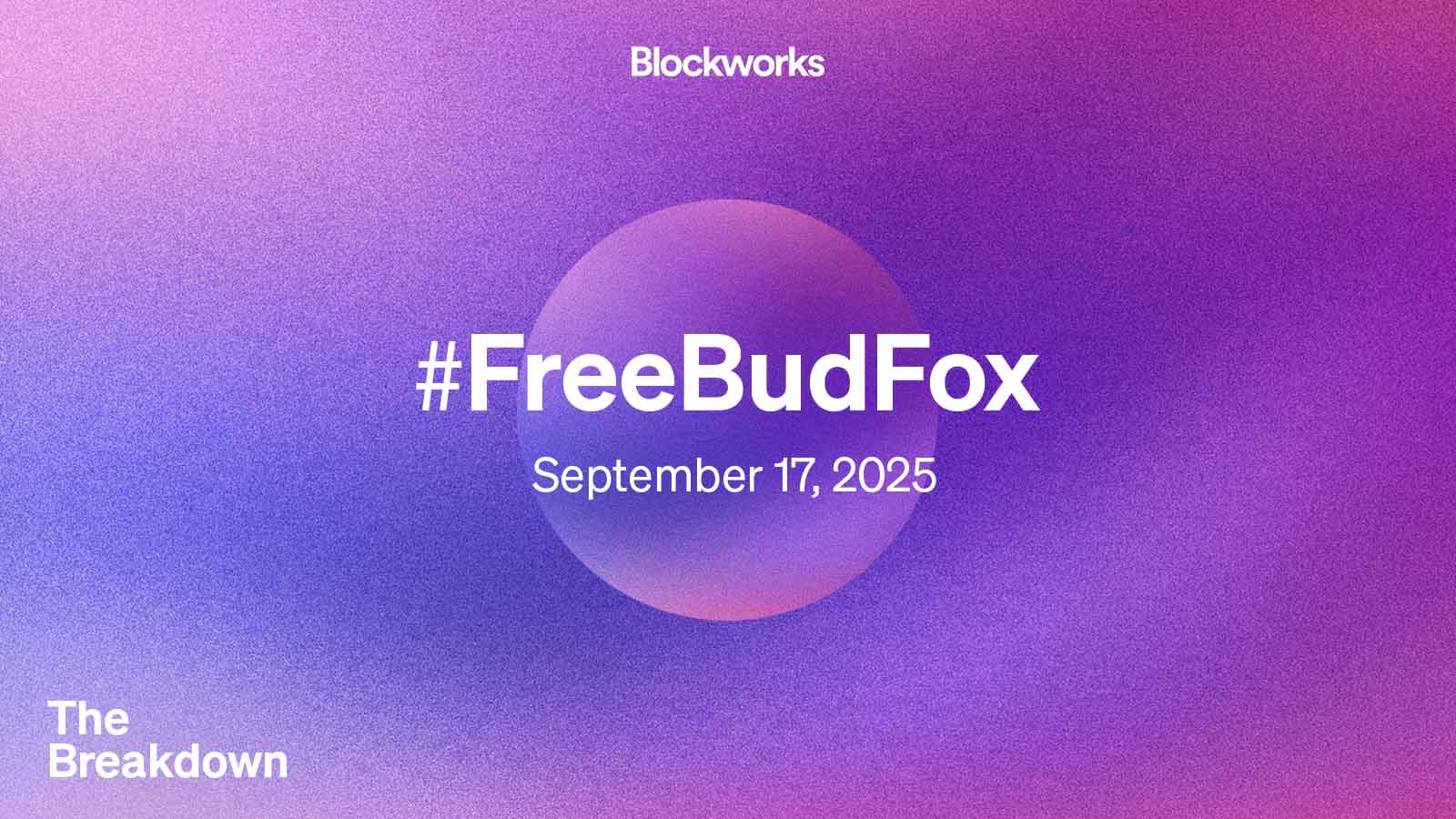The Central Bank of Turkey will decide on another rate cut today. We expect a 150bp rate cut to 39%; however, the story is more unclear than usual. The latest inflation prints surprised to the upside, indicating a slowdown in rate cuts compared to the previous 250bp, ING’s FX analyst Chris Turner notes.
Risks are tilted to the upside with a lower or no cut
“Higher-than-expected inflation data for September shows the impact of pressure on food prices and challenges in services inflation, while indicators for October imply further upside risks to the outlook. The central bank has a hawkish forward guidance, pledging to tighten policy if the inflation outlook deviates from interim targets. Therefore, the question is whether the bank would stop or adjust the pace of cuts with the recent deterioration in the underlying trend.”
“Given the high level of the policy rate and likely decline in inflation ahead, we expect gradual rate cuts to continue with a 150bp cut to 39% in the October MPC, though risks are tilted to the upside with a lower or no cut. The OIS and bonds curve saw a strong upward repricing and the market shifted significantly to the hawkish side, where, in our opinion, it is no longer worth chasing the move and the risk of surprises has shifted to the dovish side in our view.”
“On the FX side, the picture remains unchanged and although TRY continues its weakening trend, carry continues to sufficiently compensate for losses from long positions. Although the market has become accustomed to political noise and USD/TRY is not easily shaken these days, this Friday the market expects a court hearing regarding the congress of the opposition CHP party.”
Source: https://www.fxstreet.com/news/try-uncertain-size-of-rate-cuts-after-higher-than-expected-inflation-ing-202510230840


